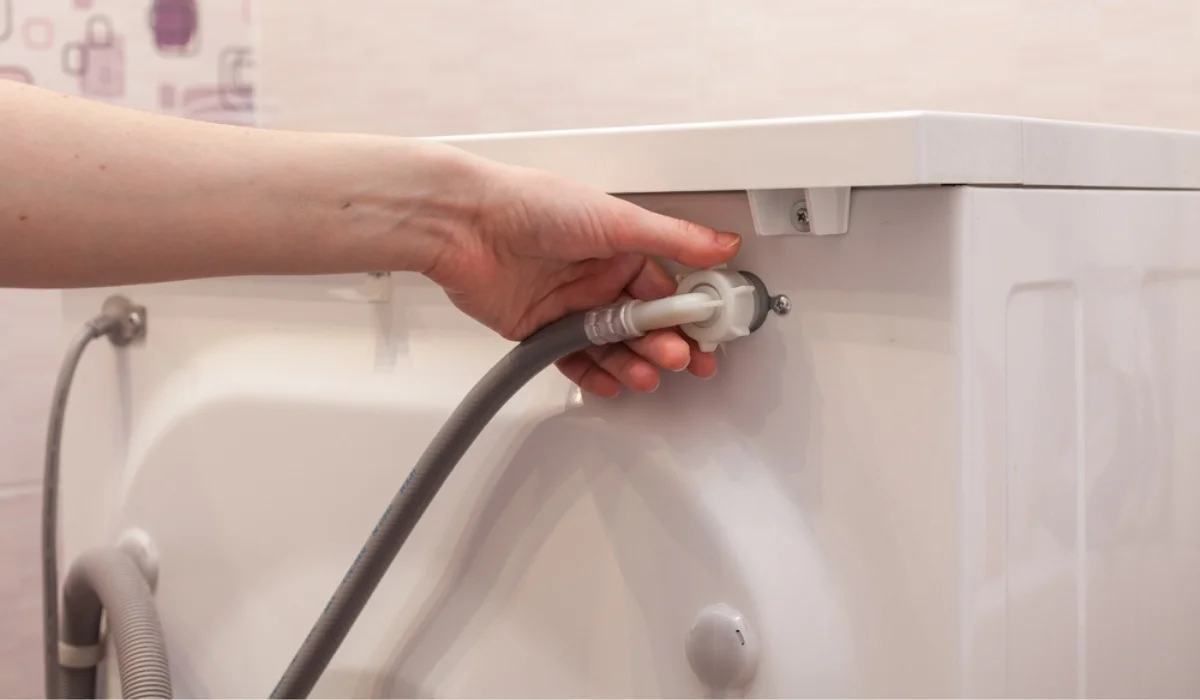Installing a new washer can seem like a daunting task, but with the right tools and a step-by-step approach, you can have your appliance up and running in no time. Proper installation ensures optimal performance and longevity of your washer. This guide will walk you through the necessary steps to install your washer safely and efficiently.
Tools and Materials Needed:
- Adjustable wrench
- Pliers
- Level
- Bucket or towel
- Teflon tape (plumber’s tape)
- Hose clamps (if necessary)
- Water supply hoses (hot and cold)
- Drain hose





